Khartoum
Khartoum is the capital of Sudan, situated at the confluence of the Blue and the White Nile, and hosts 19% of the country’s total population.
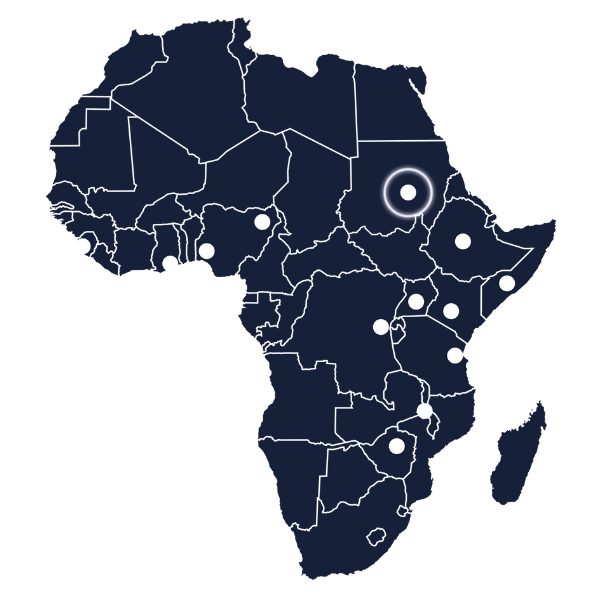
Since Sudan’s independence in 1956, Khartoum’s urbanisation process has been shaped by natural population growth, steady labour migration and large-scale real estate and development projects along the Nile.
An estimated 2 million internally displaced people (IDPs) reside in Khartoum, with many having assimilated into the city’s informal settlements in recent years.
Khartoum: City Scoping Study
Read the full study below, or download it as a PDF here.
Read now
African Cities Research Consortium
Khartoum: City Scoping Study
By Enrico Ille (University of Leipzig), Griet Steel (Utrecht University)
Summary
Sudan’s capital, Khartoum, is situated at the confluence of the Blue and the White Nile. Settlement at this location dates back millennia, but urbanisation accelerated with military fortification by successive governments, beginning during the colonial period. Since Sudan’s independence in 1956, Khartoum has grown from a privileged settlement for high state functionaries and dominant traders, to a metropolitan melting pot that attracts people from across Sudan, the region and beyond.
The city has been central to political and economic developments in Sudan, yet it has also grown in ways that have precluded many of its inhabitants from participating in decision-making and sharing in the city’s growing wealth. Exclusionary politics and economic inequality are deeply rooted in the history of Khartoum and the rest of the country, and have contributed to political instability. Sudan’s economy has also been disrupted by numerous shocks, most notably the loss of oil revenue following the independence of South Sudan. The overthrow of Omar Al-Bashir’s authoritarian regime in April 2019 unfolded dramatically on the streets of Khartoum, and it raised hopes for politico-economic change. However, the transition from a political economy centred on resource extraction and rent-seeking to a productive economy built on distributive justice has been slow. In Khartoum, the challenge is to address blatant inequality and the inefficient – and often corrupt – distribution of resources and urban services.
The sprawling tripartite metropolis
Metropolitan Khartoum is one of the most populated cities on the African continent. The Central Bureau of Statistics estimates that Khartoum hosts 19% of the total population of Sudan,[1] which reached an estimated 45 million people in 2021. The tripartite metropolis consists of three cities forming the capital – Khartoum, Omdurman and Khartoum North or Bahri – divided by the natural borders of the confluence of the Blue and the White Nile and surrounded by arid plains. The capital hosts all central institutions of government and public administration, numerous companies, trade centres, logistical and transportation hubs, and cultural centres. Khartoum is in the middle of Sudan’s riches states (River Nile, White Nile, Gedarif, Gezira) and home to most of the major industrial and agricultural investments in the country. It is also a key transportation hub, and is well-connected to neighbouring countries in the west (via Nyala), the north (via Wadi Halfa), the east (via Port Sudan and Gedarif), and the south (via Kosti and Renk).
After independence, the policies that centralised investments and services in Khartoum resulted in an inflow of people from Sudanese regions prone to conflict and whose local governments were unable to respond to natural disasters. The civil wars in southern Sudan (1953-72 and 1983-2005), severe droughts in the Sahel (1980s) and the Darfur conflicts (since 2003) contributed to making Khartoum an important destination for internally displaced people (IDPs). Many migrants were initially sheltered in formally designed IDP camps, but in recent years many have assimilated into the city’s informal settlements.[2] The World Population Review[3] estimates the number of IDPs in Khartoum to be over 2 million. Thus, Khartoum’s population reflects Sudan’s rich diversity, yet it also mirrors the countrywide pattern of inequality as most of the IDP and informal settlements remain neglected and underserved.
Khartoum’s urbanisation process has also been shaped by natural population growth, steady labour migration and large-scale real estate and development projects along the Nile. Particularly during the oil-boom (2000-10), the central business district expanded dramatically into surrounding residential areas.[4] Some dwellings have been directly transformed into commercial offices, while units judged to be obsolete were demolished and replaced by high-rise buildings for commercial and financial uses. Urban land increased in value as a result of this building boom, which led to speculation, especially among political elites and brokers, who capitalise on their politico-economic dominance.[5]
These urban dynamics have driven large parts of the population to peri-urban areas, where land is still ‘available’, or at least cheaper than in more central parts of the city.[6] However, new urban dwellers in the peri-urban fringes have to compete for land with real estate merchants, large-scale commercial projects and farmers who have been making a livelihood in urban agriculture at the riverbanks of the Nile for a long time.[7] Not only has this increased competition for land, but the encroachment of the built environment on the riverbanks has increasingly exposed the city to the yearly floods of the Nile.
A city in political transition
In the 21st century, Sudan experienced two major turning points that shaped the political landscape of the country in general and the capital in particular: first, the separation of South Sudan in 2011 and, second, the overthrow of a 30-year military regime under Omar Al-Bashir’s National Congress Party in 2019.
The latter occurred after more than three months of demonstrations and public strikes initiated in other towns and regions of the country, and culminating in the march of hundreds of thousands of people in front of Khartoum’s main garrison.[8] Al-Bashir was forced to relinquish power and Sudan has been ruled from Khartoum by a military-civilian transitional government since August 2019. Throughout this period the political situation has remained a dynamic arena of struggle, particularly with regards to the economy and questions surrounding national identity.
In this context, Khartoum State’s governance system remains complicated by the parallel function as national capital and as one of Sudan’s 15 federal states. Khartoum State is headed by a governor, and has its own structure of state ministries, different from the structure of federal ministries. This complex political structure has complicated and inhibited reform during the recent transition period. In addition, public corporations, such as the National Water Corporation and the National Electricity Corporation, remain in an unclear position between their official function as public service providers and the interests of profit-oriented investors, often established elites and their allies.
At the same time, officials from before the overthrow are still employed on different administrative levels, many of which are not necessarily sympathetic to change. In some town districts, so-called Popular Committees established under the former regime co-exist with new administrative committees formed during the transitional period. The new committees, professional organisations and grassroots initiatives emerging in the post-revolutionary city have the potential to open up new, more inclusive venues of political participation and wealth redistribution. However, reforming local-level administration is dependent on the implementation of wider politico-economic change. For instance, the administrative committees’ attempt to establish new orders of distribution of subsidised goods, such as flour and fuel, proved challenging in a situation characterised by low production levels and persistent inflation. Furthermore, these committees are in direct conflict with the networks of intermediary traders and brokers established under the former regime. It will therefore be important to examine the conflicts and complex politics that structure the relations among different administrative levels, and how this relates to the emerging civil society initiatives and movements as people struggle for better urban governance, effective public service provision and secure livelihoods.
Queuing for a better urban future
Chronic underinvestment in urban infrastructure and a disarrayed and politicised administrative apparatus have shaped a city that struggles with urban decay and socio-economic crisis. At the same time, national and international capital have invested lavishly in real estate and other projects. Therefore, a contradictory situation has emerged: on the one hand, major construction sites have appeared, both in prominent inner-city areas and at the outer edges of the metropolis. On the other hand, sequential power cuts, open garbage belts, boundless traffic jams and flooded streets are just some of the everyday manifestations of the infrastructure breakdowns that characterise the rhythm of contemporary urban life in the capital. They are the visible outcomes of a city that has become increasingly dependent on import markets, while being in permanent shortage of hard currency. Recent power cuts, for instance, were directly related to a breakdown in the central electricity plant and the lack of foreign currency to replace one of the broken parts.[9]
Khartoum’s traffic chaos is related to its geography, in which traffic among the three cities has to be funnelled over nine, often poorly maintained, bridges. Over the last couple of years, traffic jams have been intensified by chaotic hotspots of queuing cars, motorcycles and buses or haflas waiting, sometimes even for days, for petrol that is imported via Port Sudan when the petrol refinery close to Khartoum was shut down. These infrastructure breakdowns have transformed the streets of Khartoum into vast queuing spaces that, combined with the short supply of basic goods, have laid the foundation for a series of public revolts and street protests during (and after) the Sudanese revolution.
As annual inflation topped 200%,[10] many households have become increasingly dependent on remittances sent by the estimated 4-5 million Sudanese living abroad.[11] The economic importance of the diaspora for urban development, and for the country as a whole, has been highlighted by UNDP,[12] and this is more evident in the current socio-economic situation. The ongoing crisis raises more questions about the city’s future as an inclusive and sustainable urban environment for its residents, many of whom do not receive remittances.
For instance, the city continues to face challenges related to the high inflow of labour migrants, as well as internally displaced people and refugees. Although remote from war zones, Khartoum encapsulates the country’s socio-spatial and political tensions. Apart from some gated communities, its outskirts are inhabited by politically and economically vulnerable populations, many of whom are from areas that have historically been of low priority to the country’s government.[13] In addition, migrants and refugees from South Sudan, Eritrea and Ethiopia, among others, seek to build secure livelihoods in the city while facing daily discrimination in real estate and labour markets. They often reside (temporarily) in informal arrangements, in rented spaces and unfinished construction sites in central areas of the city, or move in with family members or friends in the periphery.[14] They typically earn a living in the city’s informal economy but compete with the growing number of urban citizens who cannot fall back on the support from others to make ends meet.
Moving on – but where?
The transitional period is intended to dismantle the previous repressive regime, but this change is far from being achieved. Harsh political contest, unpopular economic policies and unresolved cultural issues – such as the role of religion in public culture and state rule – have served to heighten tension within the city. Deteriorating public safety is driven by an overall increase in crime and continuing violence. Some of this is instigated by supporters of the former regime, several of whom are still attached to state organs such as the security apparatus, the armed forces and paramilitary groups. The future relationship between civilian authorities and the military is one of the central issues at stake in the transitional period: the main military garrison of the country is still located at the centre of the capital, a manifestation of the limits to civilian rule.
Meanwhile, popular protest about the current economic situation and government policies is on the rise. Political reform by the transitional government is hampered by socio-political and economic instability and insecurity and aggravated by the effects of the current pandemic. At the same time, there are initiatives designed to tackle urban challenges. Some of these efforts come from urban development professionals and other experts with government-level links (such as SudanNextGen and StandForSudan), while others are bottom-up initiatives that grow, for instance, from the grassroot-level resistance committees, unions, women’s organisations and neighbourhood cooperatives or the diaspora.
These first steps promise a move towards a successful transition, in addition to the comprehensive peace agreements and the formation of a national parliament. But the October 2020 Juba peace agreement is far from comprehensive, the formation of a national parliament is still delayed, and political stability has not been achieved yet. There are also relatively clear signs that the current government saw as the most promising avenue more private-sector engagement in urban infrastructure development, especially with increased foreign capital flows into the country following Sudan’s removal in December 2020 from the US list of state sponsors of terrorism. However, the supply situation and standard of life in Khartoum worsens continuously. Currently, the steps taken are not enough to overcome challenges that inhibit the equitable provision of services and the establishment of an inclusive urban context, especially for the city’s most vulnerable populations.
Looking forward
The African Cities Research Consortium comes at a critical moment. Few of the impediments to positive change have been overcome and limited progress has been made (for example, in the peace progress), and it remains to be seen whether a transition to a civilian democratic government can be realised. The urban development of Khartoum is of crucial importance in this regard, as achieving inclusivity, sustainability and distributional justice must be a central characteristics of such a transition. In this context, ACRC will partner with a range of stakeholders committed to reform and addressing some of the city’s most pressing challenges, including civil society initiatives and local popular representation structures, Khartoum’s urban planning administration and urban development experts.
References
Ali, N. M. (2015). Gender, Race, and Sudan’s Exile Politics: Do We All Belong to this Country? Lanham, MD: Lexington Books.
Bahreldin, I. Z. (2020). “Beyond the sit-in: Public space production and appropriation in Sudan’s December Revolution, 2018”. Sustainability 12(12): 51-94.
Bakhit, M. A. G. (2020). “Shantytown’s identity versus middle class identity”. Cahiers d’études africaines 240: 919-941.
CBS (2018). Census Report and Projections 2018. Khartoum: Central Bureau of Statistics.
Choplin, A. and Franck, A. (2014). “Seeing Dubai in Khartoum and Nouakchott: ‘Gulfication’ on the margins of the Arab world”. In S. Wippel, K. Bromber, C. Steiner and B. Krawietz (eds.), Under Construction: Logics of Urbanism in the Gulf Region. London: Ashgate, pp. 271-284.
Grabska, K. and Miller, P. (2016). “The South Sudan House in Amarat: South Sudanese enclaves in Khartoum”. Égypte/Monde arabe, Troisième série 14: 23-46.
Grabska, K. (2020). “ ‘Wasting time’: Migratory trajectories of adolescence among Eritrean refugee girls in Khartoum”. Critical African Studies 12(1): 22-36.
Mcgranahan, G., Kyessi, A., Osman, S. G., Steel, G., Andreasen, M. H., Hamid, G. M., Ille, E. and Kombe, W. J. (2020). Examining the Urban Land Nexus and Inclusive Urbanization in Dar es Salaam, Mwanza and Khartoum. Synthesis Report. Brighton: Institute of Development Studies (IDs) and East African Research Fund (EARF).
Hamid, A. (2020). “Sudan post-revolution unrest: The dilemma of subsidy system (focus on electricity Ssector) ”. Onlineonline manuscript.
Ille, E., Hamid, G. H. and Osman, S. M. (eds.) (2020). Recent Urbanisation Trends in Khartoum State. Khartoum: University of Khartoum in collaboration with the Institute of Development Studies, University of Sussex.
Murillo, F., Osman, S. M. and Mustafa, A. (2008). Diagnosis Studies on Urban Sector, Khartoum State. UN-HABITAT with the MPPPU.
Pantuliano, S., Assal, M., Elnaiem, B. A., McElhinney, H., Schwab, M., Elzein, Y. and Motasim, H. (2011). City Limits: Urbanisation and Vulnerability in Sudan – Khartoum Case Study. London: Overseas Development Institute.
Schipani, A. (2021). “Special report. Sudan After the revolution”. Financial Times, 26 January.
Steel, G., Abukashawa, S. and Hussein, M. O. (2020). “Urban transformations and land governance in peri-urban Khartoum: The case of Soba”. Journal of Economic and Social Geography 111(1): 45-59.
United Nations Development Program (UNDP) (2020). The Potential of Sudanese Diaspora Remittances.
World Population Review (2021). Sudan Population 2021.
[1] CBS (2018).
[2] Murillo, Osman and Mustafa (2008).
[3] World Population Review (2021).
[4] Choplin and Franck (2014).
[5] Mcgranahan et al. (2020). of Development Studies (IDs) and East African Research Fund (EARF).
[6] Ille, Hamid and Osman (2020).
[7] Steel, Abukashawa and Hussein (2020).
[8] Bahreldin (2020).
[9] Hamid (2020).
[10] Schipani (2021).
[11] Ali (2015).
[12] United Nations Development Program (2020).
[13] Pantuliano et al. (2011). See also: Bakhit (2020).
[14] Grabska and Miller (2016). See also: Grabska (2020).
Griet Steel, assistant professor at Utrecht University and one of the authors of our Khartoum study, discusses the complex landscape of the city and the social, political and economic factors underpinning its development.
LATEST NEWS from ACRC
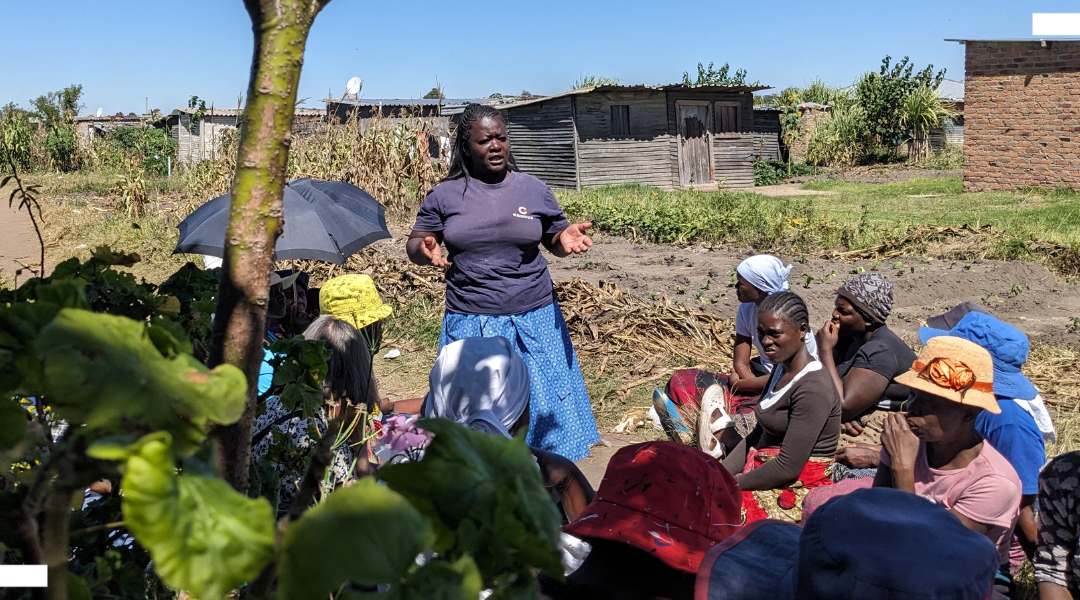
New special issue: The contribution of urban reform coalitions to inclusive and equitable cities
Apr 17, 2025
A new open access special issue of Environment and Urbanization explores how urban reformers come together to advance inclusive urban futures.
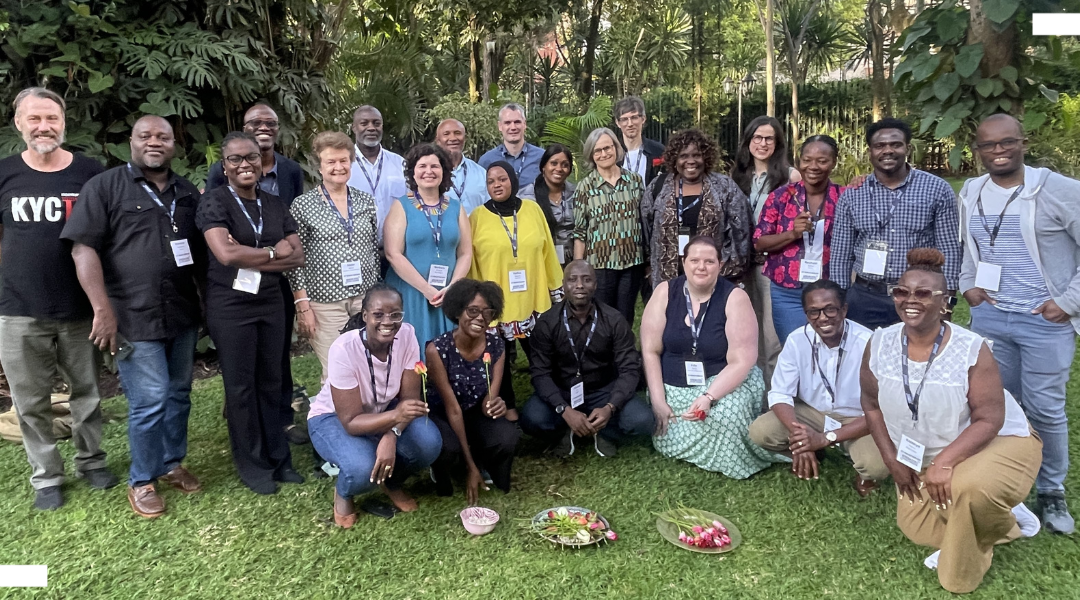
Reflections from the Nairobi city managers meeting
Apr 11, 2025
ACRC’s city managers, uptake officers and members of the senior management and uptake teams gathered in Nairobi last week for the third city managers meeting of the consortium’s implementation phase.
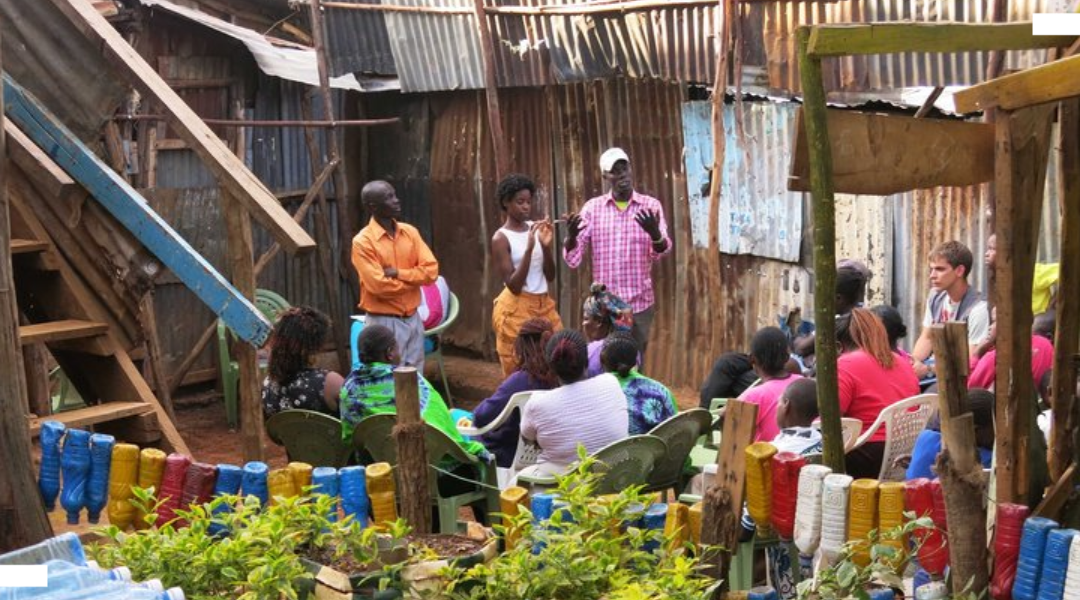
Tell us your thoughts about the ACRC urban reform database
Apr 1, 2025
We want to grow and develop the ACRC urban reform database further – and that’s where we need you! We’re looking for survey participants to share feedback on the database, suggestions for improvement and ideas for case studies.
